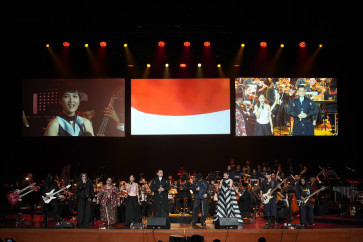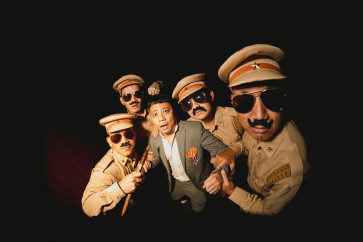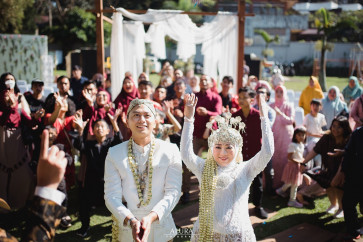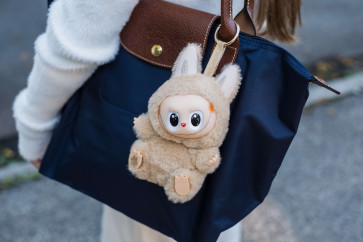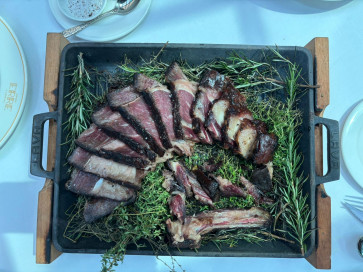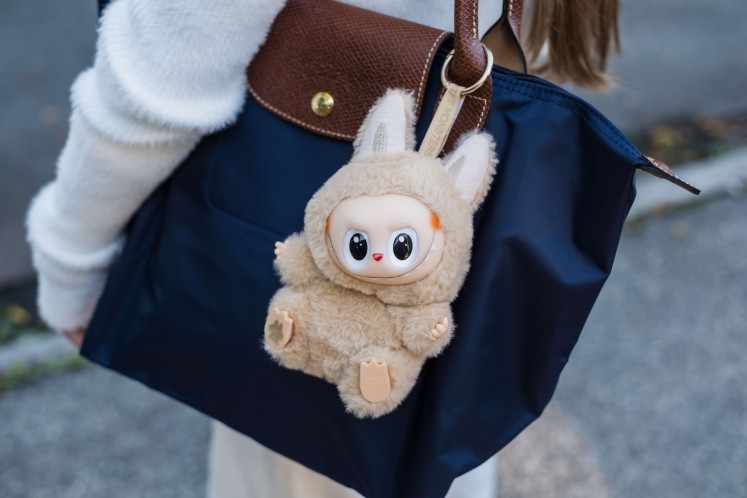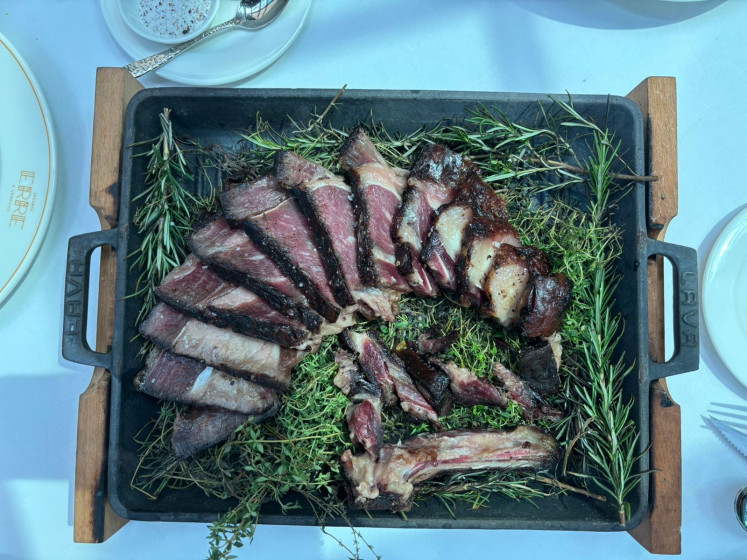Once staged to entertain colonial elites, panjat pinang has evolved into a contest of determination and teamwork, with prizes dangling overhead.
Every year when we mark Indonesia’s Independence Day, neighborhoods all across the country buzz with the same joyful chaos: kids face-planting into kerupuk (crackers), uncles tripping in sack races and everyone cheering on that one guy trying to conquer the slippery greasy pole.
It is easy to laugh, and we should, but there is more to these beloved Independence Day games than just competition and nostalgia.
It is worth remembering that these quirky August 17 traditions are rooted in grit, struggle and history. Beyond the festivities, they are part of how we remember, reclaim and celebrate our merdeka (freedom).
“These competitive games aren't meaningless,” says Heri Priyatmoko, history lecturer at Sanata Dharma University Jogjakarta, according to kompas. “They also serve as a collective memory of our nation.”
Not all of them were born with the republic. Some actually predate independence, carrying the baggage of colonial rule.
“We only started playing games on the fifth anniversary. Before then, the celebrations did not involve any of these games,” says historian JJ Rizal in an interview with CNN Indonesia.

Thank you!
For signing up to our newsletter.
Please check your email for your newsletter subscription.
“But they’ve been around since the Dutch and Japanese era. We embraced and carried them forward to mark future milestones with merriment.”
So as you laugh your way through another tug-of-war or cheer on a climber slipping up a greasy pole, pause for a moment. These games might look like harmless fun, but they are laced with the grit that built our freedom.
- More than a snack attack: Lomba makan kerupuk
It is the most iconic celabration game of all: face first, hands-free and almost always captured with a mid-bite photo. But this cracker-eating contest harkens back to the situation of food scarcity during the 1930s and 1940s.
During the economic crisis of that era, kerupuk (crackers) became a survival staple. As prices soared, these crispy crackers were often all people could afford.
Contestants race to eat crackers without using their hands, a game rooted in a time when crackers were a survival staple. (JP/Anggie Angela)
After independence, lomba makan kerupuk morphed into a symbol of resilience. So yes, you are playing for fun, but now you know: you are also chewing through a bit of history.
Also, sometimes you do not need a meal to enjoy a good kerupuk.
- More than a hop and a fall: Balap karung
Hopping from one end to the other, balap karung (sack race) is hilarious every time. It might be the only time you can laugh without guilt, watching your uncle faceplant during the race or your neighbor hop away like a furious pocong (a wrapped-in-shroud ghost).
Racers leap forward in a sack race, a game rooted in the scarcity of wartime Indonesia. (JP.)
But behind the laughter is a story from one of our bleakest periods.
During the Japanese occupation, many Indonesians wore gunny sacks instead of proper clothing, according to JJ Rizal’s correspondence with detik.com. Nope, it was not a fashion statement, it was all they had. These sacks have since been repurposed into a game.
From grim hardship to slapstick, the reimagination speaks volumes.
- More than a slippery slope: Panjat pinang
Panjat pinang (greasy pole) has always drawn crowds, and gasps. Since its genesis, the slippery pole has always placed absurd prizes at the top.
The pole? Slathered in grease to amuse our colonial elites.
The people? Determined climbers trying to reach the unattainable.
The game first appears in records from Dutch-era festivities. It even made its way into the lineup during the wedding of Mangkunegara VII.
“We don’t know who exactly came up with this game,” Heri explains in an article on Kompas. “But it's a tradition that's long been instilled into our culture.”
Captured in 1995, this moment shows climbers navigating a grease-slicked pole in a demanding test of strength, balance and collective effort. (JP)
Sure, back then, it was staged ironically. Today, it is about teamwork, determination and grit. The grease still makes you slip, but the meaning has shifted.
- More than clunky footwork: Balap bakiak
Try walking in perfect sync while strapped to two oversized planks. You will quickly realize that this game is all about unity.
Balap bakiak (clog race) is said to be heavily inspired by the Japanese geta (wooden sandals), worn by geisha during performances.
When the game took hold in Indonesia, it was not just a test of balance, it became a lesson in coordination. To move forward, we have to move together. It is more than just a game, it is a fitting metaphor for Indonesia’s unity.
- More than a rope: Tarik tambang
Tarik tambang (tug of war) has been played in Indonesia since at least 1942, when the Japanese colonial publication Djawa Baroe (New Java) magazine included it in its anniversary celebrations.
Back then, it was just for fun. Today, it carries more symbolic weight.
More than a game of strength, tug-of-war has symbolized solidarity since the 1940s, carrying the national spirit of gotong royong (communal cooperation). (JP)
It is now less about which side is stronger and more about what it symbolizes: our gotong royong (communal cooperation) philosophy. It is about unshakable solidarity and shared effort. As we know now, the rope burns may be real, but so is our togetherness.
Aqraa Sagir is a writer for The Jakarta Post's Creative Desk. He’s chronically online in the hope it would be a useful asset for the job.





